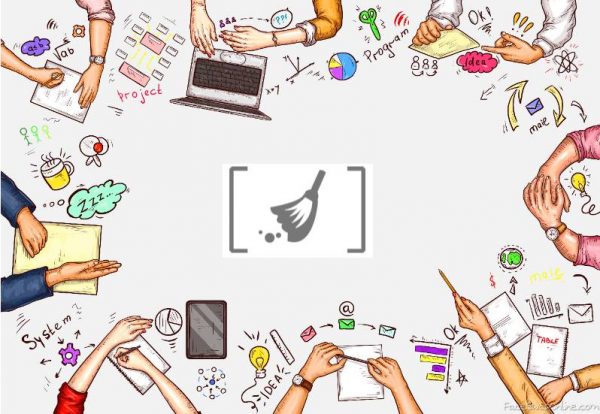Getting Things Done (GTD) by David Allen is a proven productivity booster. But it is a personal productivity methodology, hard to deploy at an organizational level. Workflow Automation opens up the potential for Organizational GTD.
GTD allows us to manage our focus. The confidence that all of our to-dos with associated information have been captured and stored in an external system we can access whenever we need to allows us to focus on the task at hand. By breaking down our work into actual actionable and organizing them by context and priority we make sure we are maximizing the impact of time spent working.
Three major challenges that have made Organizational GTD impractical have been:
A) Much of the work we do is mapped to one software solution or the other ranging from corporate email to an ERP. A GTD solution invariably creates duplication.
B) What organizations define as a project is distinctly different from the GTD definition of any activity with more than one step.
C) GTD calls for distributed leadership, which inherently clashes with corporate hierarchies.
D) Collaboration is intrinsic in a workplace in the form of communication, approvals and more, GTD tools don’t address this need effectively.
Workflow Automation can enable a radically different approach to GTD. GTD at its core is about breaking down all work/activities into tasks that are actually actionable. “Send out a proposal to XYZ prospect” or “Review Support Team Performance” is often the type of item that makes it’s a way to our task lists. Neither is usually actionable. To send out a proposal I would first need to define the requirements, then share them with my pre-sales team. The pre-sales team then needs to collaborate with our delivery team to define how we will deliver the project and our pricing. Then I need to actually write the proposal. That is three actionable involving three teams right there. The pre-sales team will probably have smaller actionable from assigning this proposal to a team member to set up a meeting with the delivery stakeholder, to attend that meeting to creating a document for me. That’s four more.
Workflow Automation enables companies to break down activities into actionable at an organizational level. The flexibility to edit workflows easily allows teams to slowly get their work in line with GTD. Context, energy and topic values can be easily created and edited. A platform like Zvolv stores those values. A workflow once perfected can be replicated any number of times with a single click.
The second key element Workflow Automation brings to GTD is the consolidation of work happening across different software tools into a single tool. Zvolv integrates with multiple ERPs and other solutions. You can move from a task in Zvolv into AutoCAD, Word and many other software even as task completion, communication and the latest version of your document get updated in Zvolv. Zvolv gives you access to the data you need for a task within the task. Whether data needs be entered into the task, pulled from another task or pulled from another system Zvolv has it covered. On the other hand, data entered in Zvolv syncs with other systems, you might be using. You now have a single clean virtual workspace.
The final element to GTD is a structured file system to store documents and data by task and for reference. Unlike personal communication corporate communication, barring HR related communication invariably relates to some project or the other. This file system, unlike a personal one, needs to be accessible by multiple stakeholders. This precisely was built in document management proves to be invaluable.
So how do you tackle ideas that are not yet projects or someday/maybe items? Simple, create a workflow to evaluate, store and re-visit your organization’s someday/maybe items. When you feel the time is right to create a new workflow or use an existing one to turn the someday/maybe item into a project.
Organization GTD extends the benefits of GTD to team members not yet expert at GTD. It also allows easy delegation without compromising oversight. Properly done, it can be a key component to building an organizational culture.



